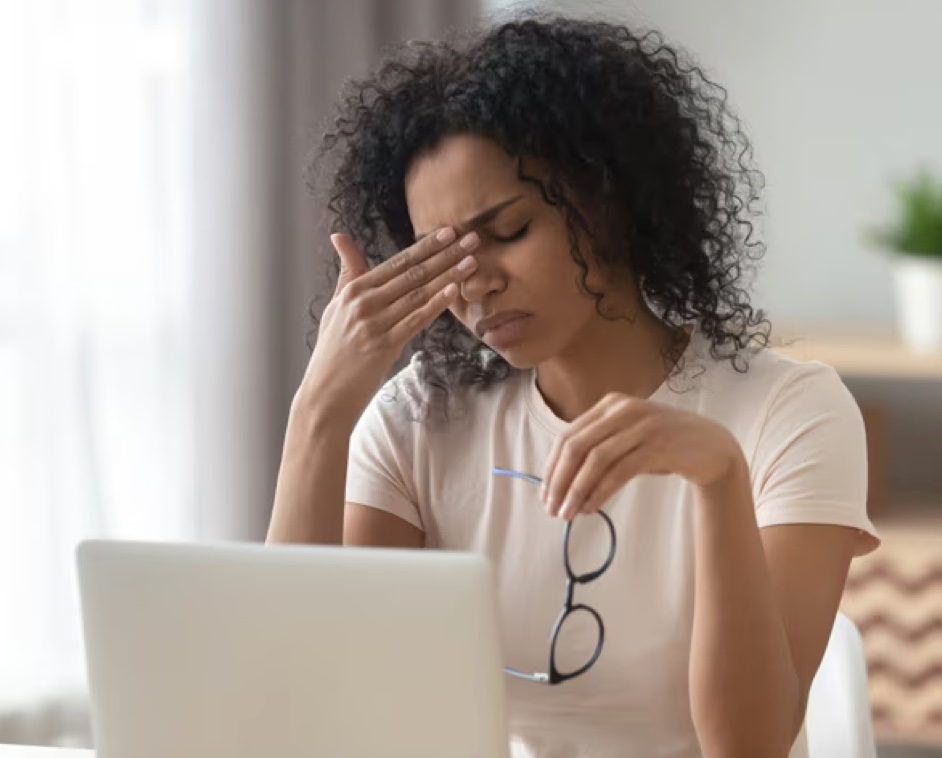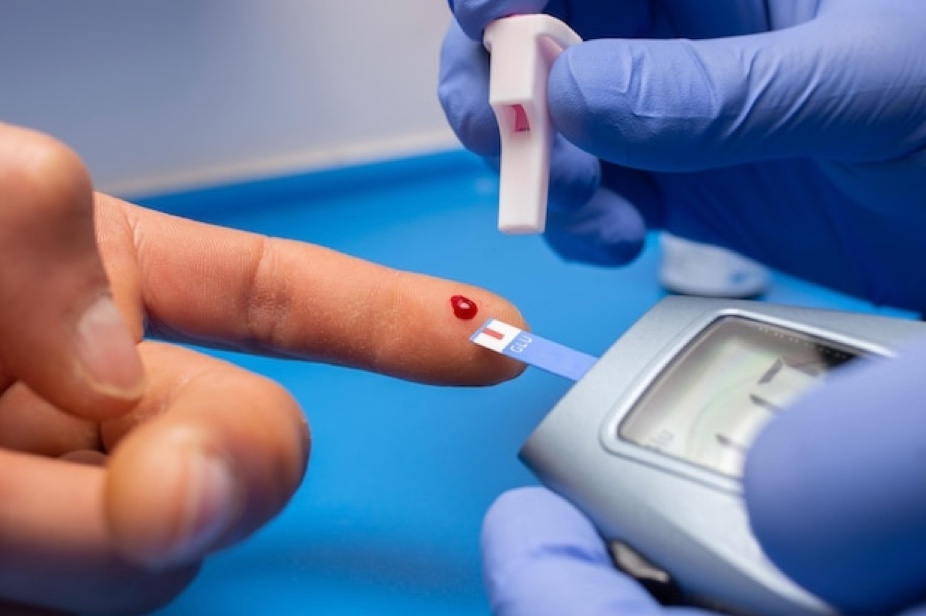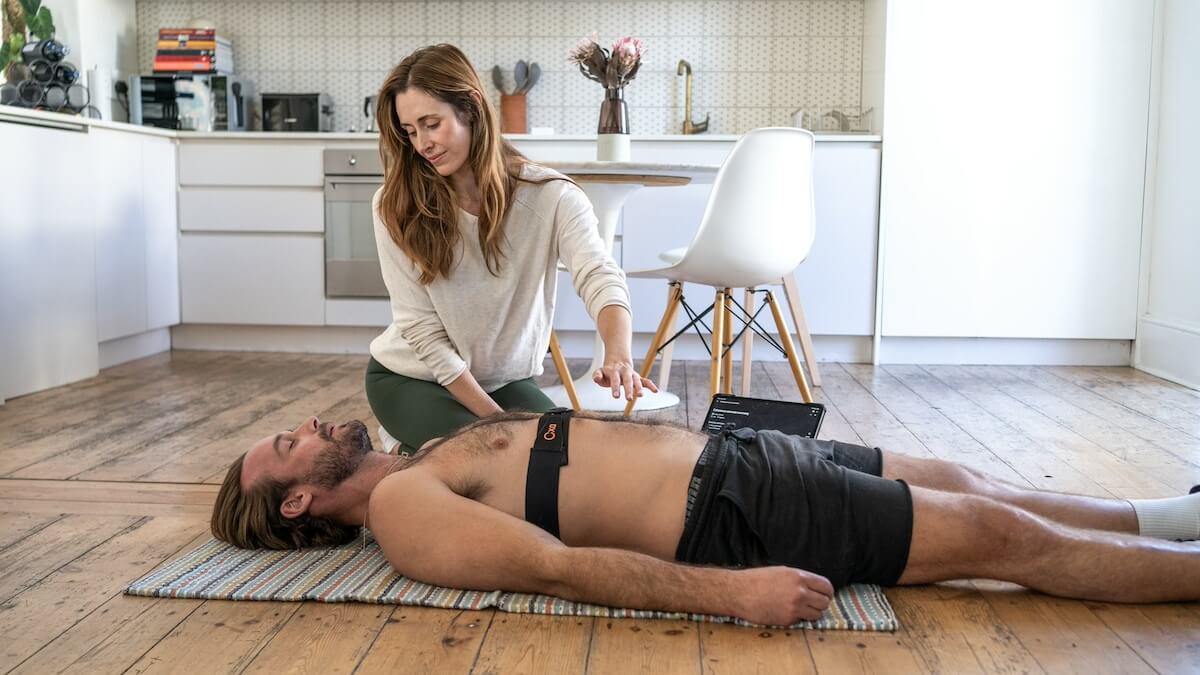Eye Health Myths Debunked
Our vision is one of the most precious senses, weaving the colorful tapestry of reality around us. Yet, a swirling sea of myths often clouds the clarity of facts when it comes to caring for our eyes. With the ubiquity of screens and the fast-paced digital age, understanding what truly affects our eye health is crucial. This blog post is a beacon of light, cutting through the murk of misinformation. For all the health enthusiasts eager to keep their vision sharp, read on to separate the myths from the truth, once and for all.
Myth #1: Staring at Screens Will Permanently Damage Your Eyes
In the digital age, the fear of perpetual eye damage from screen time looms large. But the truth is more reassuring. Prolonged use of digital devices can cause discomfort, commonly known as digital eye strain, but it doesn’t lead to permanent damage.
Screen Time Guidelines and Awareness
Organizations like the American Optometric Association suggest the 20-20-20 rule; take a 20-second break to view something 20 feet away every 20 minutes. It’s not the screens per se but how we use them that matters. The distance we view and the frequency of blinking, both of which decrease with screen time, are vital factors in eye strain.
Adjustments and Blinking
Simple adjustments like proper screen positioning, good lighting, and reduced glare can significantly ease the strain. Encouraging frequent blinking keeps the eyes moist, another essential factor for comfort. Remember, it’s about minimizing strain, not demonizing screens.
Myth #2: Carrots Are Vision Miracle-Workers
The legend that carrots can grant us the vision of a superhero’s uncanny ability to spot even the smallest detail is largely exaggerated.
The Vitamin A Conundrum
Carrots contain beta-carotene, which the body converts into vitamin A – an essential nutrient for good vision. However, vitamin A deficiency is uncommon in developed countries. While a varied diet rich in fruits and vegetables, including carrots, is beneficial for eye health, no single food can bestow Superman-like vision.
A Balanced Diet for Eye Health
Ocular health is about balance. Lutein and zeaxanthin, found in green leafy vegetables, and Omega-3 fatty acids from fish are equally vital. Antioxidants like vitamin C are crucial, too, protecting the eyes from oxidative stress. Eating a rainbow of foods ensures that each nutrient does its part in maintaining healthy vision.
Myth #3: Reading in Dim Light Weakens Eyesight
“Put on more lights, or you’ll go blind!” It’s a familiar refrain, but it’s not quite accurate.
Eye Strain, Not Weakened Vision
Reading in dim light doesn’t cause permanent weakening of the eyes. It can, however, lead to temporary discomfort and eye strain, mimicking the effects of digital eye strain. Your eyes work harder in low light to see the same typeface or image clearly than they do in well-lit environments.
Balancing Act
The mantra here is moderation and eye comfort. Proper lighting while reading reduces strain and fatigue. But just as important is the contrast between the text and the background, the font size, and ensuring that the reading material is at a comfortable distance.
Myth #4: Only Older Adults Need to Be Concerned About Eye Health
The notion that concerns about eye health can be shelved until retirement is a dangerous one.
Early Intervention and Prevention
Many eye diseases are asymptomatic in their early stages. Ocular conditions like myopia are increasingly prevalent even amongst the younger population due to lifestyle factors. Regular eye exams are essential regardless of age, not just for correcting vision but also for detecting and managing conditions early.
A Lifelong Commitment
Caring for your eyes is a marathon, not a sprint. Good habits like wearing UV-protective sunglasses, hygiene practices to prevent infection, and protective eyewear during sports or hazardous activities are imperative from childhood. Ray-Ban sunglasses are fully designed to cover all these parameters. Eye health is everyone’s concern – start young, and you’ll reap the benefits through every age and stage of life.
Taking Charge of Your Vision Health
Practical steps to protect your eyes can be simple and effective.
Professional Care
Scheduling regular eye check-ups with an eye care professional is non-negotiable. These specialists can identify and address issues that may be silently brewing. Remember, an ounce of prevention is worth a pound of cure.
Lifestyle and Health Habits
Lifestyle choices, such as maintaining a healthy weight, avoiding smoking, and managing chronic conditions, significantly impact ocular health. Staying physically active benefits your overall health and your eyes, reducing the risks of conditions like diabetic retinopathy.
Rest, Relaxation, and Recreation
Adequate rest is good for your mind and eyes. Quality sleep allows your eyes to cleanse and recuperate, so ensure you’re clocking in the recommended hours. Engaging in hobbies and pastimes that don’t involve screens can further reduce eye strain and improve overall well-being.
Protect Your Peepers
Wearing sunglasses isn’t just a fashion statement; it’s a form of protection. Ultraviolet rays can endanger the health of your eyes in the same way they can damage your skin. A good pair of shades with UV protection is an investment in long-term visual health.













